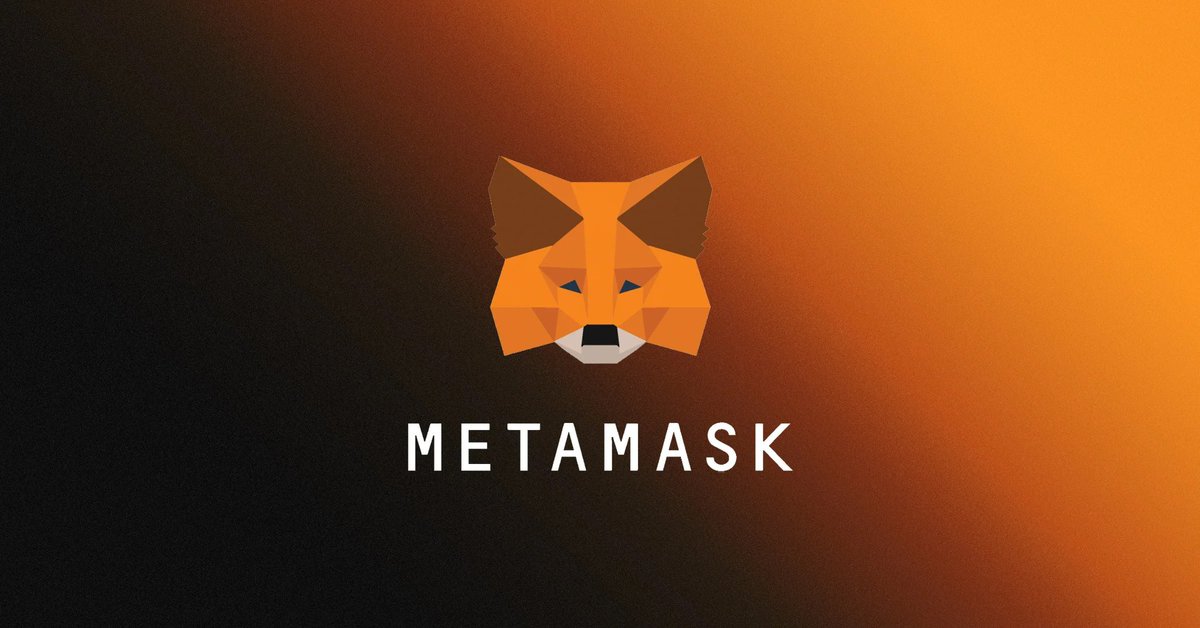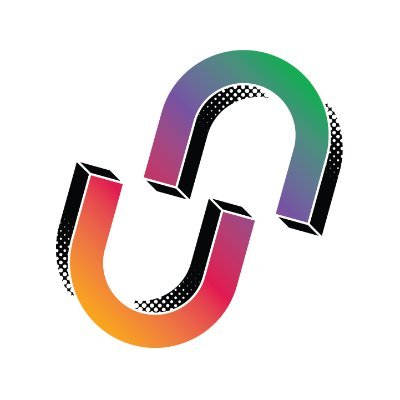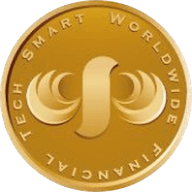
Mask Network price

Disclaimer
OKX does not provide investment or asset recommendations. You should carefully consider whether trading or holding digital assets is suitable for you in light of your financial condition. Please consult your legal/tax/investment professional for questions about your specific circumstances. For further details, please refer to our Terms of Use and Risk Warning. By using the third-party website ("TPW"), you accept that any use of the TPW will be subject to and governed by the terms of the TPW. Unless expressly stated in writing, OKX and its affiliates (“OKX”) are not in any way associated with the owner or operator of the TPW. You agree that OKX is not responsible or liable for any loss, damage and any other consequences arising from your use of the TPW. Please be aware that using a TPW may result in a loss or diminution of your assets. Product may not be available in all jurisdictions.
Mask Network market info
Market cap = Circulating supply × Last price

Mask Network Feed




MASK calculator


Mask Network price performance in USD
Popular Mask Network conversions
| 1 MASK to USD | $1.5610 |
| 1 MASK to EUR | €1.3937 |
| 1 MASK to PHP | ₱86.8447 |
| 1 MASK to IDR | Rp 25,623.77 |
| 1 MASK to GBP | £1.1726 |
| 1 MASK to CAD | $2.1769 |
| 1 MASK to AED | AED 5.7336 |
| 1 MASK to VND | ₫40,471.87 |
About Mask Network (MASK)
- Official website
- Github
- Block explorer
Mask Network FAQ
Mask Network is a platform that allows users to access the Web3 space through the Mask Network extension. It enables social media platforms to interact with cryptocurrency and decentralized applications (dApps). The Mask Network supports several blockchains, such as Ethereum, Binance Smart Chain (BSC), and Polygon, making it an interoperable service.
There are several benefits to using the Mask network. The protocol offers advanced security to users by enabling them to hide their content from prying eyes and only show it to their intended audience. Furthermore, users can send encrypted messages, which further enhances security. Mask Network users can trade NFTs directly from social media platforms, made possible by OpenSea, one of the world's largest NFT marketplaces.
Easily buy MASK tokens on the OKX cryptocurrency platform. Available trading pairs in the OKX spot trading terminal include MASK/USDT and MASK/USDC.
You can also buy MASK with over 99 fiat currencies by selecting the "Express buy" option. Other popular crypto tokens, such as Bitcoin (BTC), Tether (USDT), and USD Coin (USDC), are also available.
Alternatively, you can swap your existing cryptocurrencies, including XRP (XRP), Cardano (ADA), Solana (SOL), and Chainlink (LINK), for MASK with zero fees and no price slippage by using OKX Convert.
To view the estimated real-time conversion prices between fiat currencies, such as the USD, EUR, GBP, and others, into MASK, visit the OKX Crypto Converter Calculator. OKX's high-liquidity crypto exchange ensures the best prices for your crypto purchases.
Monitor crypto prices on an exchange
ESG Disclosure
MASK calculator















